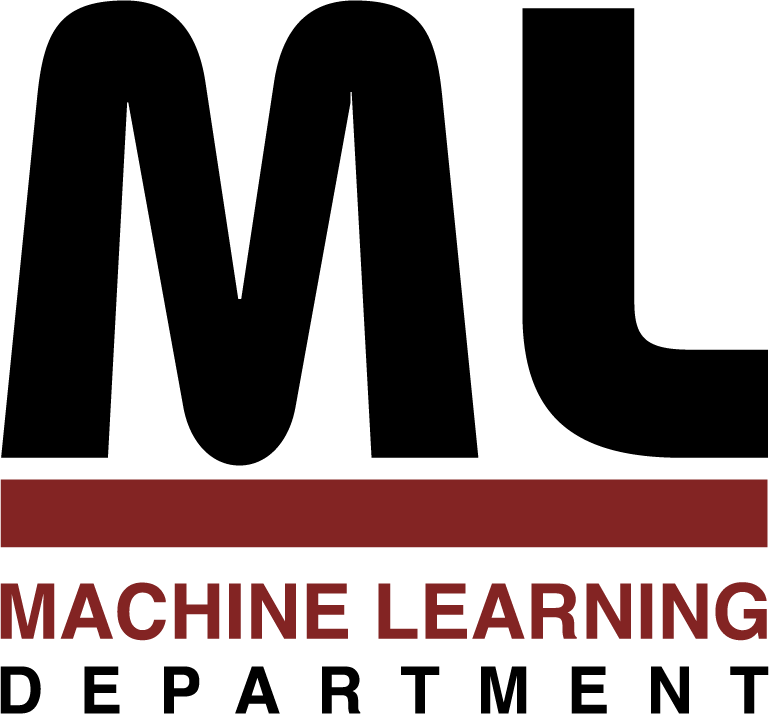
|
CMU-ML-12-100
Machine Learning Department
School of Computer Science, Carnegie Mellon University
CMU-ML-12-100
Integrating Representation Learning and Skill Learning in a
Human-Like Intelligent Agent
Nan Li, Noboru Matsuda,
William W. Cohen, Kenneth R. Koedinger
January 2012
CMU-ML-12-100.pdf
Keywords: Representation learning, deep feature learning,
intelligent agent
Building an intelligent agent that simulates human learning of math and
science could potentially benefit both education, by contributing to the
understanding of human learning, and artificial intelligence, by advancing
the goal of creating human-level intelligence. However, constructing such
a learning agent currently requires manual encoding of prior domain knowledge;
in addition to being a poor model of human acquisition of prior knowledge,
manual knowledge-encoding is both time-consuming and error-prone. Previous
work showed that one of the key factors that differentiates experts and
novices is their different representations of knowledge. Experts view the
world in terms of deep functional features, while novices view it in terms
of shallow perceptual features. Moreover, since the performance of many
existing learning algorithms is sensitive to representation, the deep features
are also important in achieving effective learning. In this paper, we present
an efficient algorithm that acquires representation knowledge in the form of
"deep features" for specific domains, and demonstrate its effectiveness in
the domain of algebra as well as synthetic domains. We integrate this
algorithm into a machine-learning agent, SimStudent, which learns procedural
knowledge by observing a tutor solve sample problems, and by getting feedback
while actively solving problems on its own. We show that learning
"deep features" reduces the requirements for knowledge engineering. Moreover,
we propose an approach that automatically discovers student models using the
extended SimStudent. By fitting the discovered model to real student learning
curve data, we show that it is a better student model than human-generated
models, and demonstrate how the discovered model may be used to improve a
tutoring system's instructional strategy.
41 pages
|
